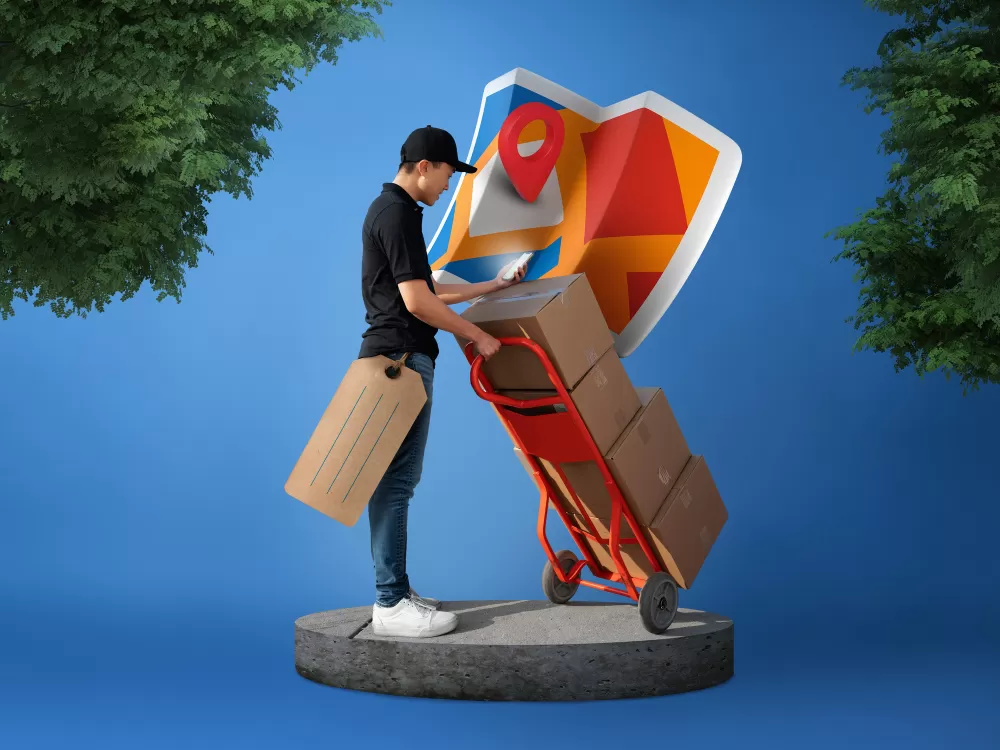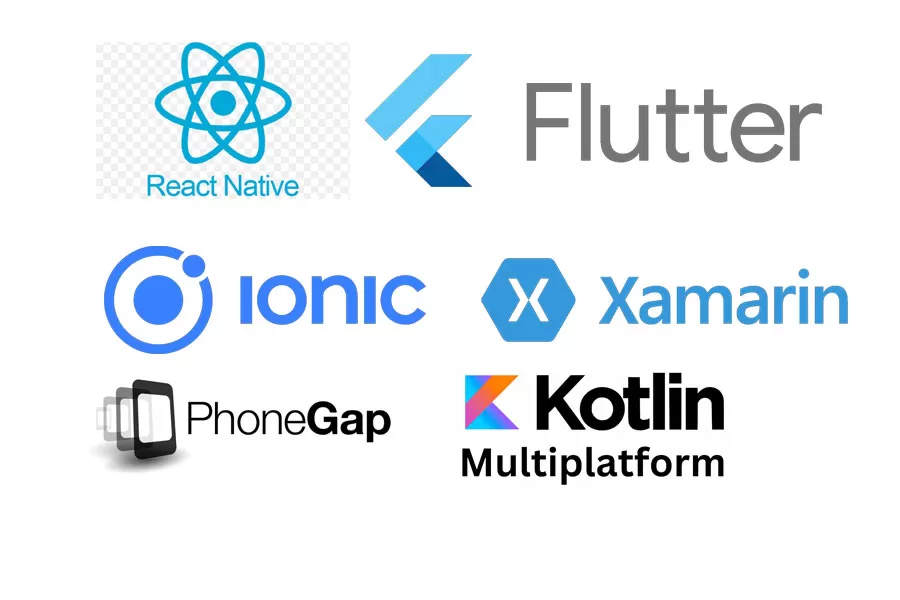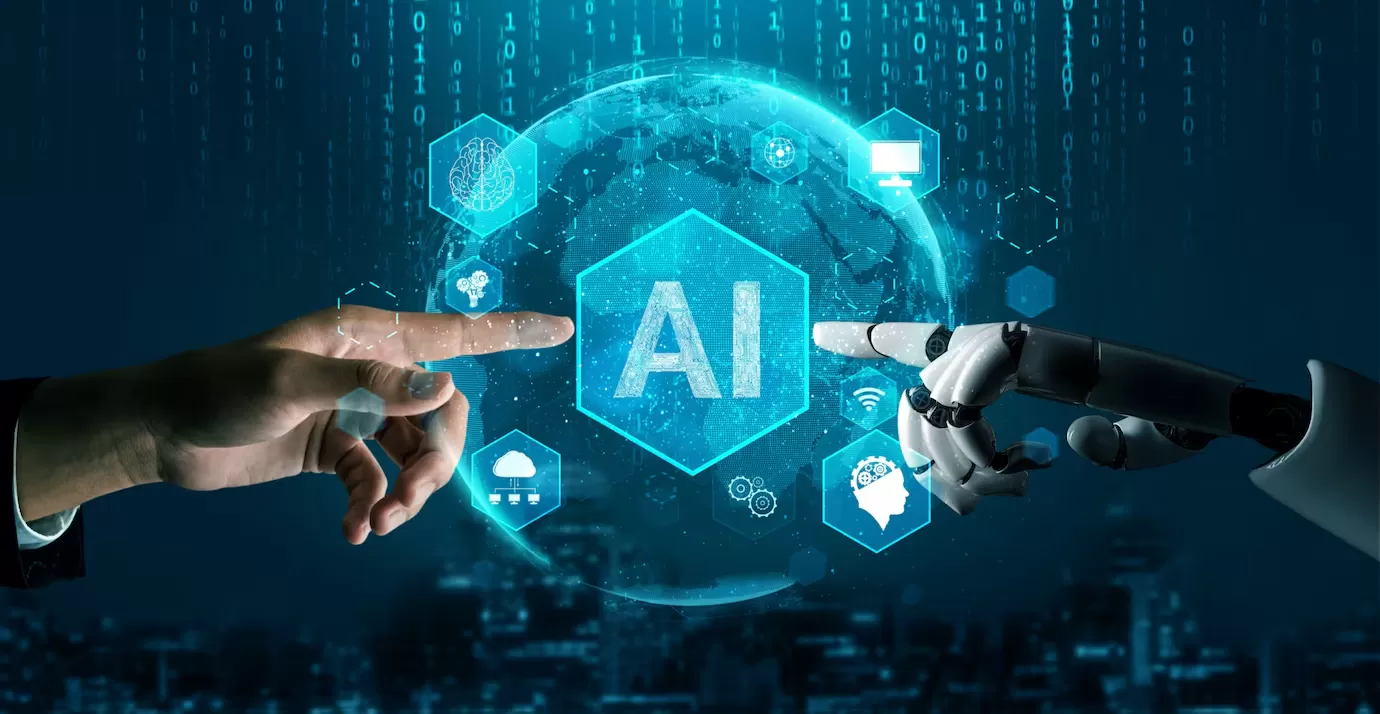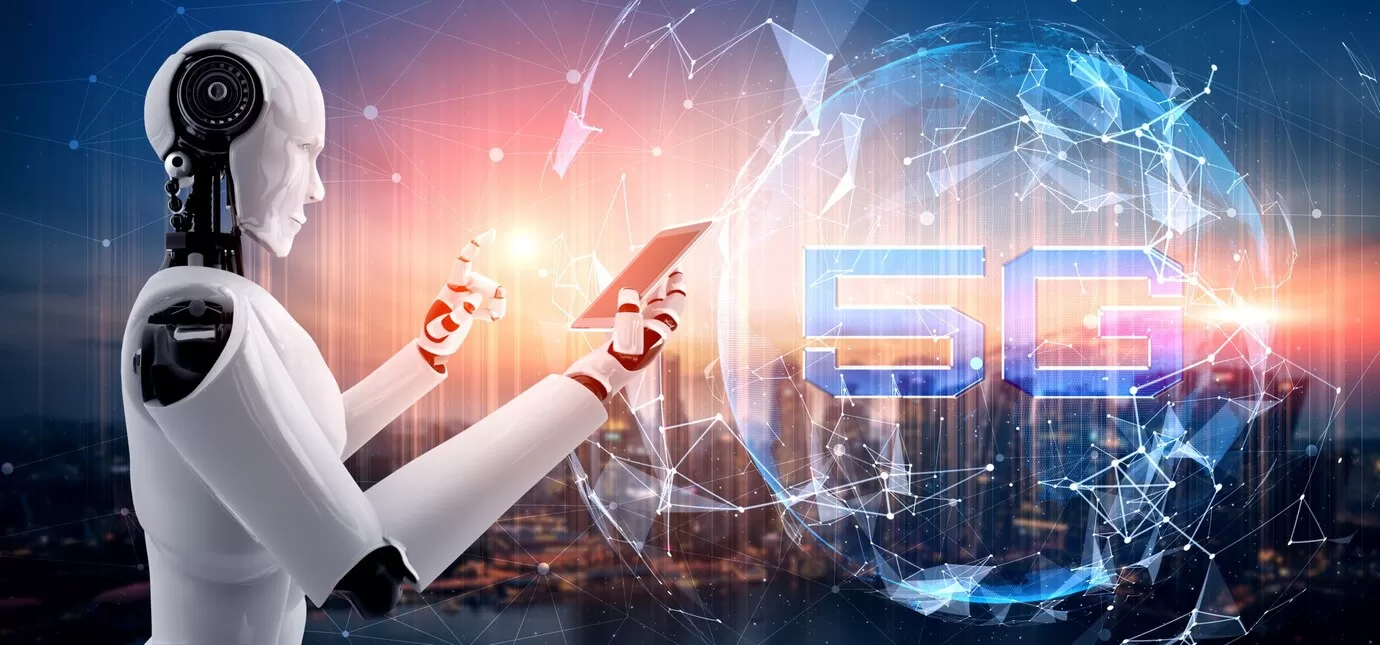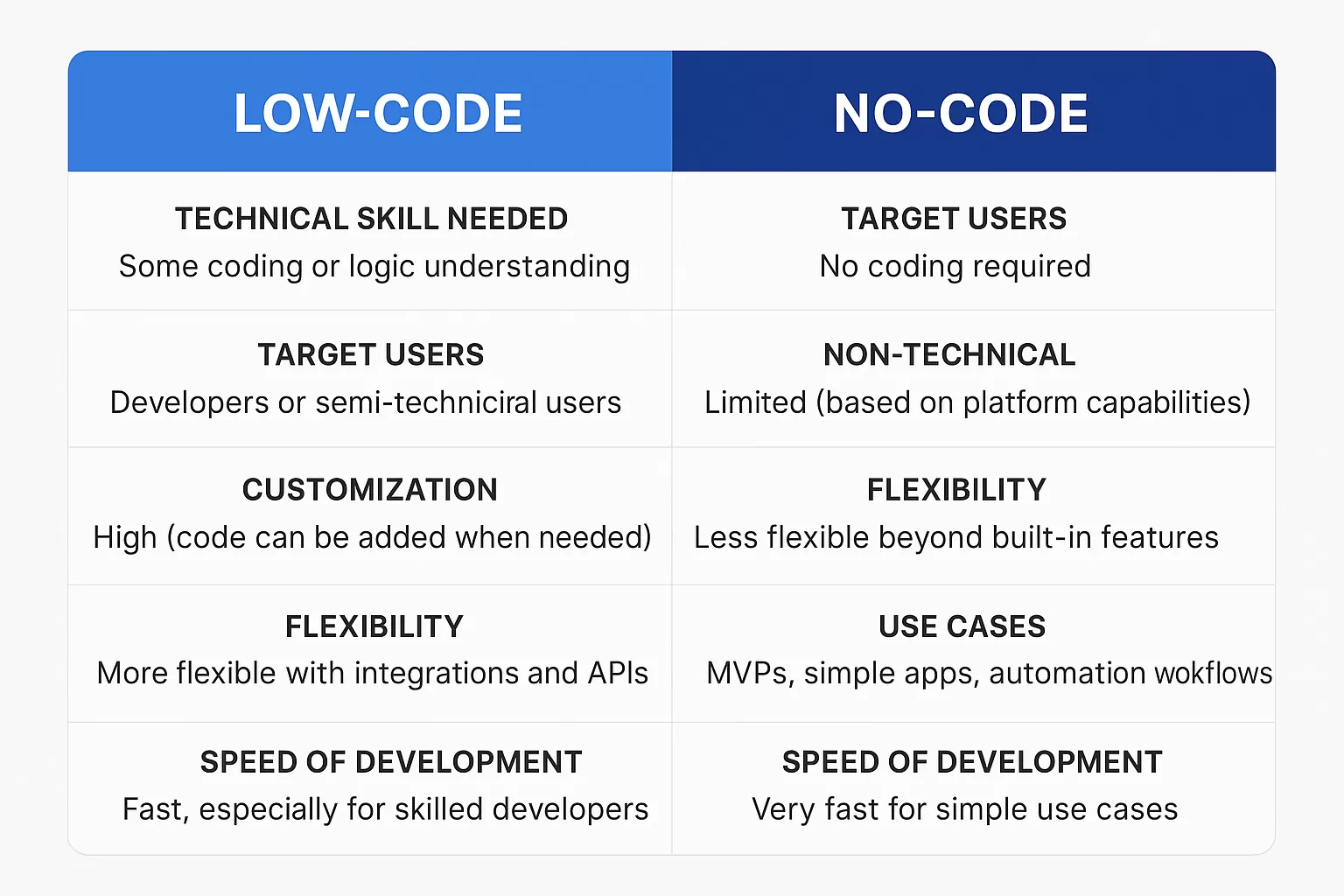The landscape of web and app development is rapidly evolving, driven by innovative technologies that enable businesses to create more dynamic, personalized, and efficient digital experiences. Headless architecture and Artificial Intelligence (AI) are two such technologies that are transforming the way websites and applications are built and function. When combined, AI and headless architecture create powerful synergies, enabling developers to deliver smarter, more flexible, and highly customizable digital experiences that are increasingly important in today’s fast-paced, data-driven world.
Let’s dive into the intersection of AI and headless architecture, and explore how these technologies are shaping the future of web and app development.
- Understanding Headless Architecture
- What is Headless Architecture?: Headless architecture refers to a decoupled system where the frontend (the "head") is separated from the backend. The backend focuses purely on managing content, data, and business logic, while the frontend (the head) is free to be built using any technology, framework, or platform. Communication between the two layers typically happens via APIs.
- Why Headless?: Traditional architectures bundle both the frontend and backend together. While this is fine for simpler websites, it can be limiting for businesses that require highly customized, responsive, and omnichannel user experiences. Headless architecture offers flexibility, scalability, and adaptability by allowing developers to create unique and modern frontend experiences while maintaining centralized content management.
Example: A company might use a headless CMS (like Contentful or Strapi) to manage its content, while employing a frontend built with a framework like React or Vue.js to deliver highly interactive web pages or mobile apps that can access the content through APIs.
- The Role of AI in Web and App Development
- AI for Personalization: AI technologies, such as machine learning (ML) and natural language processing (NLP), are being integrated into web and app development to deliver highly personalized user experiences. These systems can analyze user behavior, preferences, and historical interactions to dynamically adjust the content or design based on individual needs.
- AI for Automation: In development, AI is automating tasks like code generation, bug detection, and performance optimization. This speeds up development and ensures better code quality and app functionality.
- AI for Chatbots and Virtual Assistants: AI-powered chatbots and virtual assistants (such as those powered by NLP) are becoming essential components of modern apps, providing real-time customer support and guidance on websites and mobile applications.
- How AI and Headless Architecture Work Together
Combining AI and headless architecture creates powerful possibilities for developers to create highly dynamic, adaptive, and intelligent web and mobile experiences.
Personalized User Experiences at Scale
- AI-Driven Content Personalization: With headless architecture, businesses can push content to multiple channels, but the real magic happens when AI is used to personalize this content in real-time. For example, an e-commerce site can leverage AI to recommend products based on a user's browsing history, buying behavior, or even predict what they might like in the future.
- Real-Time Adaptation: Headless systems allow AI to dynamically push content tailored to users' needs, adjusting the layout, language, or product recommendations based on the user's behavior in real-time, improving engagement and increasing conversions.
Omnichannel Consistency
- Seamless Experience Across Platforms: One of the most significant advantages of headless architecture is the ability to distribute content across multiple channels (web, mobile, IoT devices, etc.) from a single backend. When combined with AI, businesses can deliver consistent, personalized experiences across various devices. For instance, AI can analyze the context of the device (such as whether a user is on a mobile app or desktop) and modify the content or presentation accordingly, ensuring a smooth and optimized experience on all devices.
- AI-Powered Decision Making: As users interact with content on different channels, AI systems can track their behavior and use the collected data to provide predictive insights. These insights can then be used to determine the most effective content to deliver at any given moment.
Enhanced Development Efficiency
- AI-Assisted Development: Developers can leverage AI to automate certain tasks in the development lifecycle, such as optimizing API calls, generating boilerplate code, or performing security scans. This reduces the time it takes to build and deploy applications, allowing developers to focus on creating innovative features and ensuring better scalability and performance.
- Headless CMS Integration: A headless CMS like Contentful or Sanity can seamlessly integrate AI tools to automate content tagging, generation, or curation. For instance, AI can be used to automatically tag content, optimize images for SEO, or analyze trends to recommend content updates in real-time.
- Key Benefits of AI and Headless Architecture in Web and App Development
- Flexibility and Customization
- The decoupled nature of headless architecture allows for greater flexibility in terms of frontend technology. You can mix and match the best technologies for the frontend (React, Vue, Next.js, etc.) while still benefiting from AI-driven content delivery and personalization.
- AI-driven insights can influence how businesses customize and adapt content on the fly, enhancing user engagement and satisfaction.
- Scalability and Speed
- Headless architecture offers more scalable solutions by allowing developers to use APIs to quickly extend their platform to multiple devices and touchpoints.
- With AI enhancing content management and interaction, apps and websites can evolve in real-time based on user feedback and behavioral data without the need for manual updates.
- Improved User Experience
- By combining headless architecture with AI, businesses can create a more seamless and engaging experience across all digital touchpoints. AI can learn from user actions and continuously improve how content is served, making each user interaction more personalized and context-aware.
- Whether it's adapting content, offering product recommendations, or providing real-time support via AI-driven chatbots, headless and AI together foster a dynamic user journey.
- Data-Driven Insights
- AI can collect and process vast amounts of data generated by users across multiple platforms, which can then be utilized to make better business decisions. Headless architecture allows businesses to distribute this data efficiently, ensuring that AI can perform real-time analysis and provide recommendations across different systems.
- For example, AI can help optimize marketing campaigns by determining which types of content resonate best with particular audience segments, making the entire marketing strategy more data-driven.
- Use Cases of AI with Headless Architecture
- E-commerce Personalization
- E-commerce websites can use AI-powered recommendation engines that learn from user behavior and preferences to suggest products in real-time, enhancing the shopping experience. With headless architecture, these recommendations can be integrated seamlessly into any platform (website, mobile app, etc.) and personalized for each user.
- Example: A fashion retailer can combine AI to recommend outfits based on a shopper’s previous purchases or browsing history, and then leverage headless CMS to deliver this personalized content across the website, mobile app, or even through email.
- Content Creation and Management
- AI can assist content creators by automating repetitive tasks like content tagging, categorization, and even generating content based on predefined templates or user preferences.
- Example: A news website can use AI to analyze trending topics and automatically generate related content, which is then distributed across various channels through a headless CMS.
- Real-Time Data Analytics and Optimization
- AI can process real-time data from various user interactions, providing actionable insights to optimize the website or app's performance on the fly.
- Example: A travel booking site could use AI to analyze booking trends and adjust prices or promotional offers in real-time, providing a dynamic and data-driven experience.
- The Future of AI and Headless Architecture
The integration of AI and headless architecture is only in its early stages, but its potential for transforming web and app development is vast. As AI technologies become more sophisticated and headless systems more ubiquitous, businesses will continue to find new ways to leverage these technologies to enhance user experiences, streamline operations, and increase engagement.
The future holds possibilities like:
- Autonomous content creation powered by AI, where content adapts based on a user’s preferences.
- Seamless omnichannel experiences, where AI and headless systems provide real-time dynamic interactions across all platforms.
- Improved automation of tasks like development, deployment, and data processing, saving time and costs for businesses.
In conclusion, AI and headless architecture together are not just a passing trend—they are fundamentally changing how we approach web and app development. Businesses that integrate both of these technologies can expect to offer more innovative, customizable, and scalable digital experiences, leading to increased customer satisfaction, engagement, and long-term growth.

